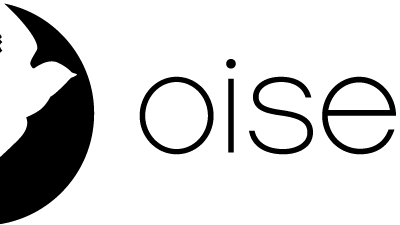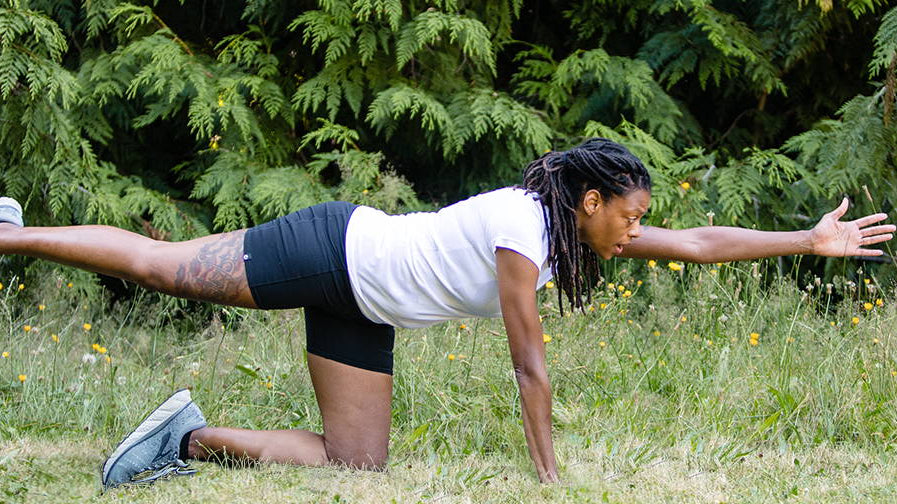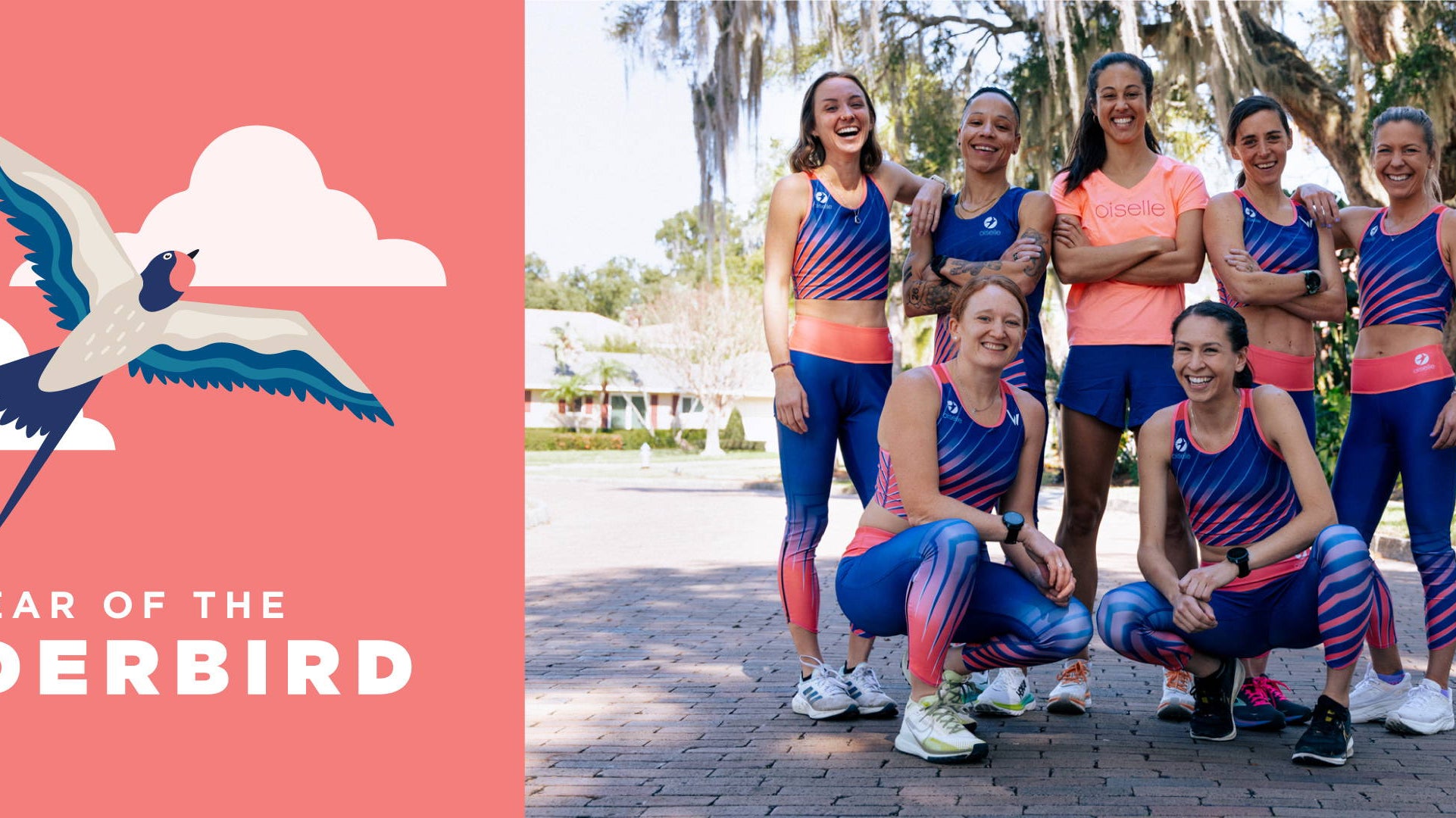
Every runner and every body is different, and my best advice as a doctor is for everyone to have a personal health care provider they can utilize for guidance! Because iron and iron stores are so fundamental to running, we loved this common sense approach to iron by Haute Volée and marathon Olympic Trials Qualifier Anna Weber. As always, please discuss your health and any supplementation with your own health care provider!
If working hard was the only factor in running fast, we would all be elite.
Ultimately, peak performance is a function of nutrition, recovery, training, and sleep, which can make the multiple-moving-parts aspect of running frustrating, but also very exciting. For me, one of the biggest factors in peak performance has been ensuring my ferritin levels are sufficiently high.
I’m not a doctor, and I can’t give medical advice, but I can share some of my personal experiences with navigating the iron issue, as well as a few tips and tricks I’ve learned along the way.
Ferritin vs. Iron vs. Hemoglobin
There are three important distinctions when talking about iron. Hemoglobin is a protein found in red blood cells that is responsible for transporting oxygen. Approximately 70% of your body’s iron resides in hemoglobin. Ferritin, on the other hand, is the protein that controls iron storage. A person can have normal hemoglobin and iron levels, but low ferritin. When this scenario occurs, the body is unable to release optimal amounts of iron for the hemoglobin to transport oxygen to the legs and heart.
Sedentary Individuals and Athletes have Different Needs
My first serious bout with iron deficiency came in college. My coach at the time suspected anemia and had me go to the doctor for blood work. I was experiencing all the tell-tale symptoms, except the doctor said my bloodwork was completely normal. My coach asked for a copy of the results and explained to me that while my bloodwork was normal for a normalperson, it wasn’t normal for an athlete. Since athletes, especially runners, rely on oxygen to perform their best, they have vastly different needs.
The “normal” ferritin range for the average individual is 10 – 106 ng/mL. However, endurance athletes experience optimal performance when ferritin is above 60 ng/mL. Similarly, “normal” hemoglobin levels for women are 12.0 – 15.5 g/dL; however, athletes will experience anemia-like symptoms if their hemoglobin levels are below 12.8 g/dL. For iron, 27.0 – 175.0 mcg/dL is considered normal, but ideally an athlete should have an iron level above 80 mcg/dL.
Low Ferritin / Iron Symptoms
When the body is deficient in iron, ferritin, or hemoglobin, oxygen does not travel optimally throughout the body. The result is similar to training at altitude. For me, the initial symptoms are shortness of breath in workouts and vomiting or dry-heaving after longer efforts, such as tempos. As anemia becomes more serious, I notice extreme fatigue in my lower legs, slow recovery, heavy quads, exhaustion, decreased motivation, depression, and vastly hindered performance.
A telltale sign for me that my iron is low is when I get partway into a workout and want to quit. I recently had my blood tested and was not surprised that my ferritin was in the 20s. Four weeks ago I was in oxygen debt for an entire 5 mile race at pace that is significantly slower than what I normally run. At Road to Gold I went through the first 4 miles of my race exactly on target and comfortable, only to feel as though I was moving through quicksand and unable to breathe at a significantly slower pace the next four miles. Two days after this race I scheduled blood work that confirmed my suspicions my ferritin was low.
Rebuilding Iron/Ferritin Stores
As women, we trend toward low ferritin/iron much more frequently than men largely due to menstruation. Foot-strike anemia may also be to blame, in which red blood cells are destroyed by repetitive impact. There are also many factors that iron storage difficult.
First, iron isn’t easily absorbed. For every milligram of iron the body takes in, only a fraction is readily absorbed. Heme (animal) sources of iron are naturally more easily absorbed than non-heme (vegetable) sources of iron. However, consuming non-heme iron in conjunction with heme iron can improve the absorption of non-heme sources. A comprehensive list of the best iron sources can be found here.
Second, iron absorption is hindered by certain nutrients. Calcium, gluten, tannins, caffeine, polyphenols and phytates can block iron absorption in the gut.
What I have found works best for me is to consume my iron supplement before bed, on an empty stomach, with orange juice. Ascorbic acid (Vitamin C) has been shown to improve iron absorption, and an empty stomach ensures no competing nutrient processes.
It should be noted that it generally takes 6 – 8 weeks to rebuild your iron stores. Therefore, it is important to stay on top of iron levels, since very little can be done if you find out you are deficient in iron or ferritin two weeks from your goal race!
Not All Supplements are Equal
There are many types of iron supplements on the market. Personally, liquid ferrous sulfate elixir has been the most absorbable form for my body. However, there are other types of iron supplements such as iron-bis-glycinate, ionic iron, ferrous gluconate, ferric citrate, and ferric citrate, among others. Some iron supplements can cause nausea and constipation, so it is important to find the supplement that works best for you. It should be noted that just because your multivitamin contains iron, you likely aren’t able to absorb the full amount (if any) because of competing nutrients (i.e. calcium). Also, iron can inhibit the absorption of zinc, which is an important nutrient for recovery and immune function.
Too Much Iron is Also Bad
If iron and ferritin are so important, should you take a supplement even if you aren’t deficient? The answer is no. Just as low iron can hinder performance, too much iron can have detrimental health effects, including cardiovascular disease.
Right now I’m kicking myself because I changed my iron supplement to a different form in December (as one does when something is working) without regard to absorbability or dosing. By the time I recognized my symptoms, my ferritin was already low. While I am not training or racing at peak level right now, I am thankful I caught the problem while I still had time to correct the issue, as I am still a few months out from my goal races.
Regardless of whether your goal is to qualify for the Olympic trials or finish your first 5k, understanding the role that all the “little things” play is important. Regular bloodwork can help you determine whether that extra fatigue and soreness you are feeling is simply a sign you should take recovery more seriously, or whether there is a deficiency that needs to be addressed.
Anna











